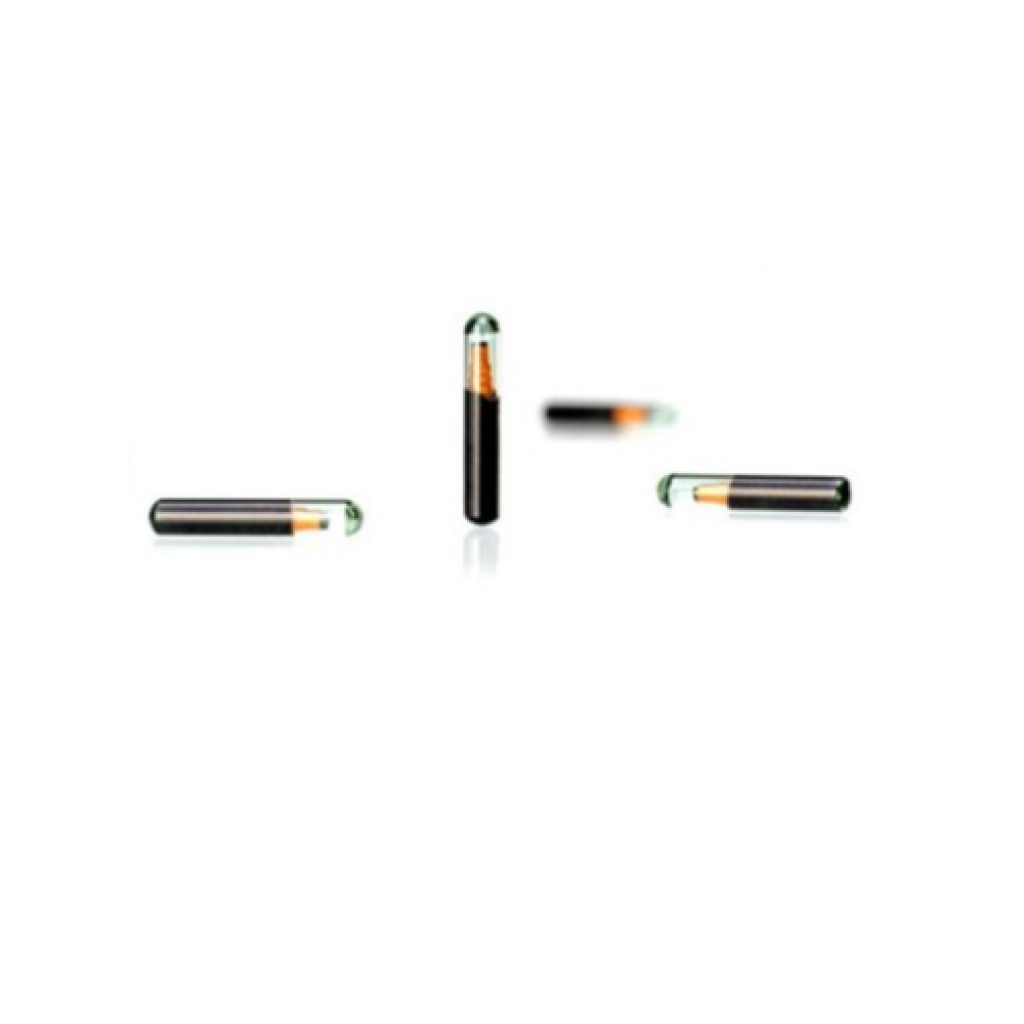When it comes to animal identification, the choice between pit tags and microchips is critical. Both technologies serve similar purposes but come with distinct features and advantages. In this comprehensive guide, we’ll explore the differences between pit tags and microchips to help you make an informed decision for your specific needs.

Understanding PIT Tags
Pit tags, also known as Passive Integrated Transponder (PIT) tags, are small glass-encapsulated devices containing a unique identification code. These tags are typically injected beneath the skin of an animal using a specialized applicator. Once implanted, they remain dormant until activated by a reader.
Pit tags operate on radio frequency identification (RFID) technology, emitting a unique signal when scanned by a compatible reader. They are commonly used in wildlife research, pet identification, and livestock management due to their durability and reliability.
Exploring Microchips
Microchips, on the other hand, are even smaller than pit tags and resemble a grain of rice. They are implanted beneath the skin of an animal using a needle and syringe, similar to how vaccines are administered to humans. Microchips contain a unique identification number encoded directly onto the chip.
Unlike pit tags, microchips have onboard memory, allowing them to store additional information such as the animal’s name, owner’s contact details, and medical history. This makes microchips a popular choice for pet identification and reunification efforts.
Size and Implantation Process
When comparing pit tags and microchips, size and implantation process are crucial considerations. Pit tags are slightly larger and require a specialized applicator for implantation. In contrast, microchips are smaller and can be implanted using a standard needle and syringe, making the process quicker and less invasive.
Data Storage and Retrieval
One of the significant differences between pit tags and microchips lies in their data storage capabilities. Pit tags rely solely on RFID technology and do not have onboard memory. As a result, they can only transmit a unique identification code when scanned by a compatible reader.
Microchips, on the other hand, have the advantage of onboard memory, allowing them to store additional information beyond the unique identification code. This includes details such as the animal’s name, owner’s contact information, and medical history, providing a more comprehensive solution for identification and tracking purposes.
Lifespan and Durability
When considering the lifespan and durability of pit tags versus microchips, several factors come into play. Pit tags are typically designed to last the lifetime of the animal, but they may degrade over time due to factors such as tissue growth or migration within the body.
Microchips, encased in biocompatible materials, are more resistant to degradation and can remain functional for the duration of the animal’s life. This enhanced durability makes microchips a preferred choice for long-term identification and tracking applications.
Cost Comparison
Cost is a significant factor to consider when choosing between pit tags and microchips. While pit tags may have a lower initial cost per unit compared to microchips, they often require specialized readers for detection, which can add to the overall expense.
Microchips, although slightly more expensive upfront, offer a more comprehensive solution since they can be scanned using universal readers commonly found in veterinary clinics and animal shelters. Additionally, the long-term durability of microchips may result in lower maintenance and replacement costs over time.
Effectiveness and Accuracy
Both pit tags and microchips are highly effective for identifying and tracking animals. However, the effectiveness and accuracy may vary depending on various factors, including the detection range and reliability of the technology.
Pit tags typically have a shorter read range compared to microchips, requiring them to be scanned at closer proximity to the reader. Additionally, there is a slight risk of pit tags migrating within the body or becoming displaced over time, potentially affecting their accuracy.
Microchips, with their onboard memory and universal compatibility, offer a more reliable solution for identification and tracking purposes. They can be scanned from a greater distance and are less susceptible to migration or displacement, ensuring accurate and consistent identification of the animal.
Regulations and Standards
The use of pit tags and microchips in animals is regulated by industry standards and legal requirements in many countries. These regulations dictate factors such as the type of technology allowed, implantation procedures, and record-keeping practices.
Before choosing between pit tags and microchips, it’s essential to familiarize yourself with the applicable regulations in your region to ensure compliance with the law. This may include obtaining proper certification for implantation procedures and maintaining accurate records of all tagged animals.
Case Studies and Real-World Applications
To better understand the practical implications of pit tags and microchips, let’s explore some real-world examples. In the realm of pet identification, microchips have become the standard due to their widespread adoption and compatibility with existing identification systems.
In wildlife research and conservation efforts, pit tags are often preferred for their larger size and robust construction, which can withstand harsh environmental conditions. Researchers use pit tags to track the movement and behavior of animals in their natural habitats, contributing valuable data to scientific studies and conservation initiatives.
Advancements and Future Prospects
As technology continues to advance, we can expect further innovations in both pit tags and microchips. Recent developments include miniaturization efforts to reduce the size of microchips even further and improvements in data encryption to enhance security.
Looking ahead, the integration of GPS technology into tracking devices holds promise for more precise and real-time monitoring of animals in their natural habitats. These advancements will continue to improve the accuracy and reliability of animal identification and tracking technologies, benefiting researchers, pet owners, and conservationists alike.
Ethical Considerations
Finally, it’s essential to consider the ethical implications of using tracking technologies on animals. While pit tags and microchips serve valuable purposes in research, conservation, and pet identification, they also raise concerns regarding privacy and animal welfare.
It’s crucial for stakeholders to weigh the benefits against the potential risks and ensure that proper protocols are followed to minimize any adverse effects on the animals involved. This includes obtaining informed consent from pet owners and implementing safeguards to protect the privacy and well-being of tagged animals.
In conclusion, the choice between pit tags and microchips depends on various factors, including the intended use, budget constraints, and regulatory requirements. By understanding the differences and capabilities of each technology, you can make an informed decision that best suits your specific needs.
















